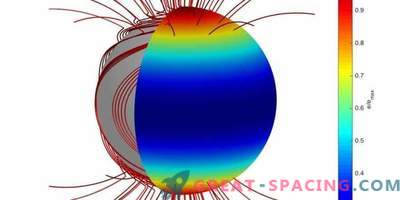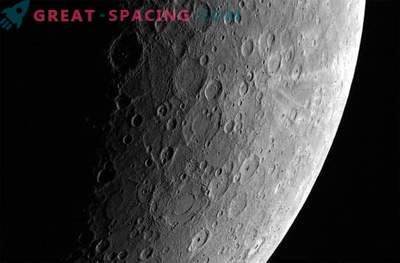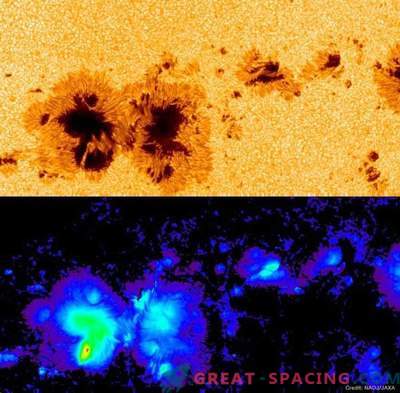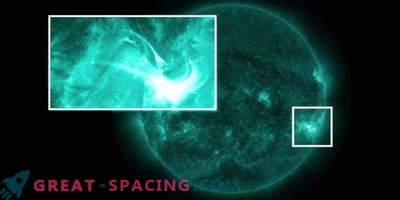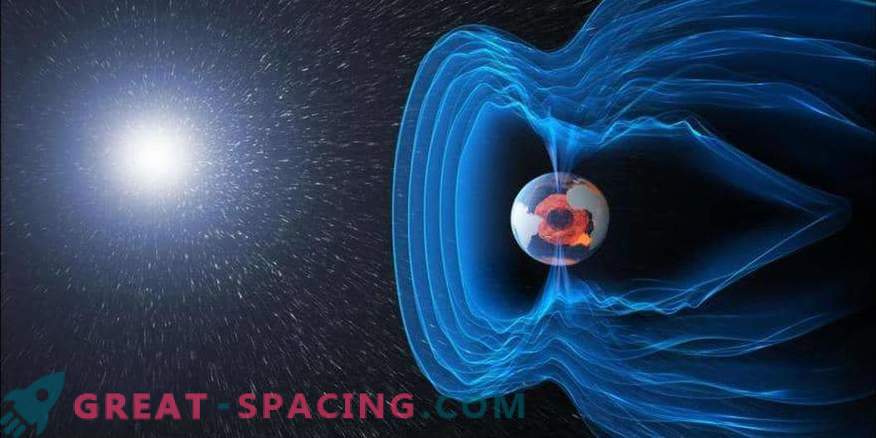
The magnetic field is one of the most mysterious features of our planet. Therefore, the ESA mission Swarm constantly provides data on how the protective layer is formed, how it behaves and how it changes. Now Swarm has taken on tracking the changes in the magnetic field created in the oceans.
For the most part, the magnetic field is formed by a mass of superheated and bubbling liquid iron in the outer core of the planet. But there are other factors, such as magnetized rocks in the crust and ocean currents, which also affect the field.
Previously it was not assumed that sea water is a source of magnetism, but it makes a small contribution. When a saline fluid flows through the Earth’s magnetic field, an electrical current is generated that indicates a magnetic signal. But the tidal field seems tiny to measure. However, Swarm managed to do this. Oceans absorb heat from the air. Therefore, tracking how this heat is distributed and stored, especially at depth, is important for understanding the process of climate change.
In addition, this tidal-magnetic signal also causes a weak magnetic reaction deep beneath the seabed, so the data are used to study the electrical properties of the lithosphere and upper mantle.






